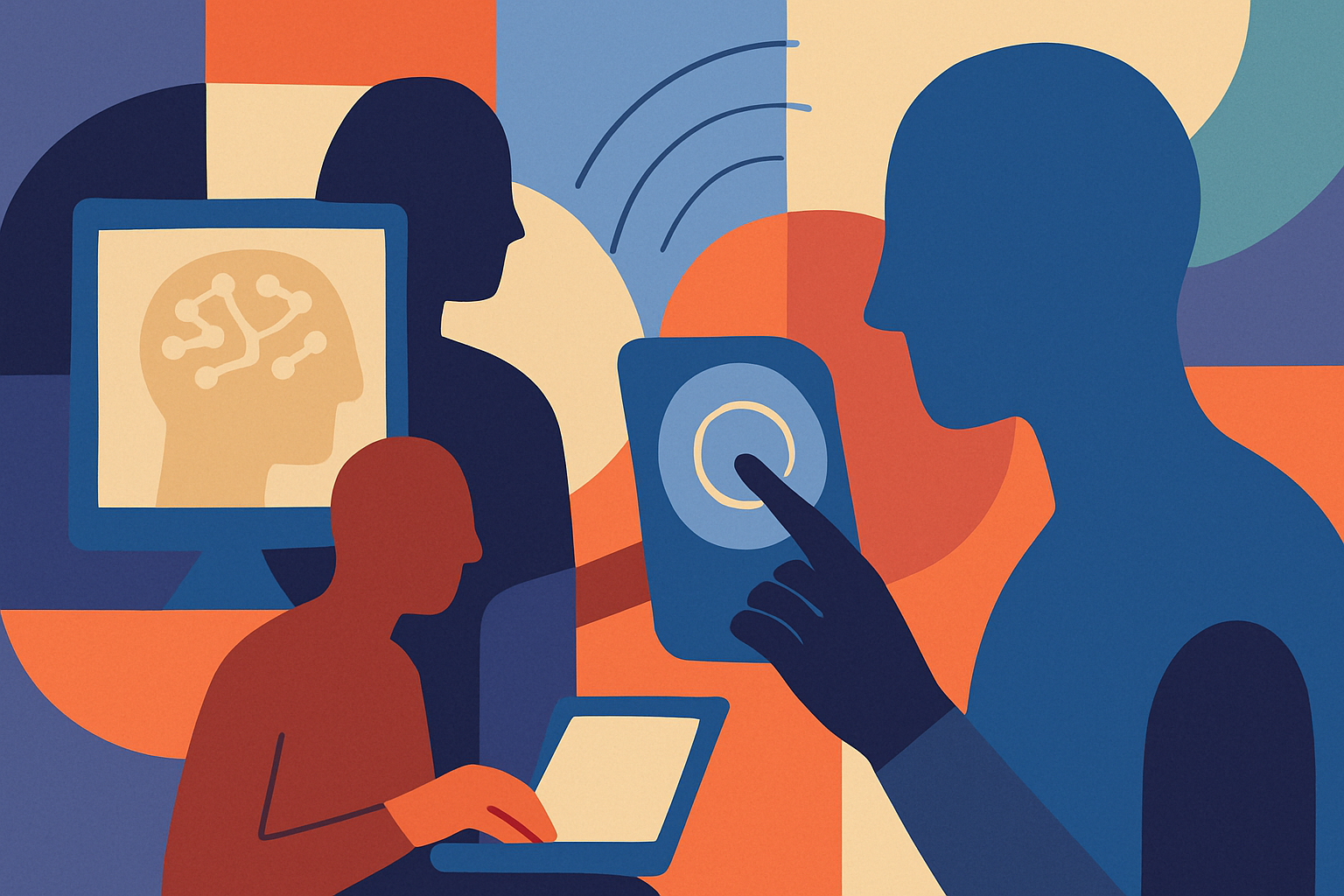The role of online education in addressing the nursing shortage
The U.S. is currently facing one of the most serious nursing shortages in its history. It’s becoming more challenging for hospitals and clinics in the country to recruit and keep registered nurses. And the worst part is that the gap is only getting wider.
According to the Bureau of Labor Statistics, there will be over 200,000 job openings every year for registered nurses down to 2031. If that is not a public health crisis, we don’t know what is. Fortunately, online education allows more nurses to be trained faster. This article discusses the role of online education in addressing the nursing shortage in the U.S.
Making Nursing Education Accessible
A lot of traditional nursing programs are limited by several factors, including small classroom space, shortage of instructors, and location. Nursing programs end up turning away so many qualified applicants each year because they lack the facilities to accommodate them. However, with online education, all these limitations are bypassed.
When the courses are designed to be taken online, students can complete them remotely. This option allows more learners to access these courses, including parents, career changers, and even people who live in rural areas. It’s a great solution for even those who are working other jobs but want to either learn more or switch careers.
Faster Paths to the Workforce
Time is one of the biggest challenges when it comes to solving nursing shortages. What do you mean you might wonder. When you opt for a traditional Bachelor of Science of Nursing (BSN), you might spend four years to complete it. Realistically, this is a slow pace for an industry that requires additional workforce. With so many nurses nearing retirement age, we don’t really have time to wait for four years for nurses to graduate.
This is why accelerated BSN online programs are becoming more popular with each passing day. These programs condense the years into roughly 16 months for students who already hold a bachelor’s degree in another field.
That means these programs build on existing academic foundations, and then focus on nursing coursework and clinical practice. The result is that we get more qualified nurses joining the workforce in half the time.
These accelerated programs are even more efficient when they are run on online platforms. A student can easily complete coursework at any hour. Also, schools can partner with local hospitals or clinics for hands-on clinical rotations. This hybrid approach blends the flexibility of online learning with the real-world experiences nurses need.
Technology is Transforming Clinical Training
Lack of in-person clinical experience has been one of the biggest concerns about online nursing education. These days technology is changing that narrative as online nursing programs now use:
Virtual simulations to replicate patient care scenarios
AI-driven tools to test clinical decision-making
Video conferencing and discussion boards for real-time collaboration
With these tools, students develop critical thinking and communication skills in safe, controlled environments before they ever step foot in a hospital.
Endnote
The future of nursing depends on how we teach and not just on hospitals. Online education is one of the ways the U.S. can combat the ongoing nursing shortage. The results of these online programs are highly trained nurses that can meet the rising healthcare demand.




















